From the historic town of Rüsselsheim, Germany, Opel is writing a new chapter in its design story. This brand, steeped in automotive history, is refining its identity. At the head of this transformation is Mark Adams. As Opel’s design studio celebrates its 60th anniversary, we uncover the principles shaping the brand's future trajectory.
The Opel Design Center in Rüsselsheim has a rich history of design excellence. Its history is somewhat intertwined with General Motors, who acquired the German car maker in 1929. GM laid the groundwork for pushing the design envelope when they introduced the world’s first concept car, the Harley Earl’s Buick Y-Job in 1938. Today, concept cars are standard in the industry, they’re made to explore the frontiers of design, technology, and innovation, and pave the way for future production models.
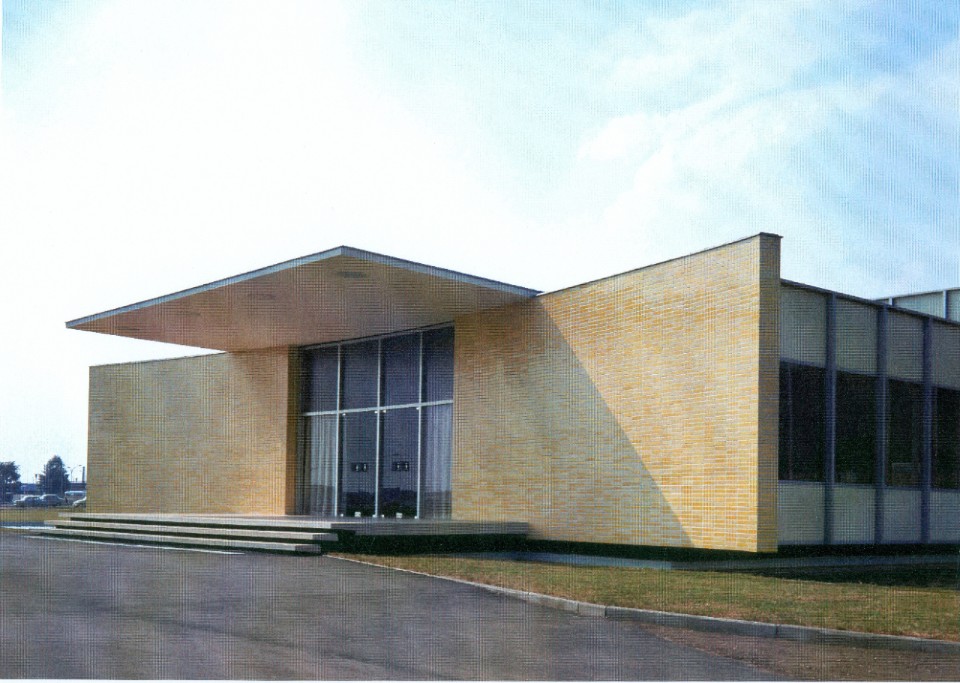
The Opel studio, established in 1964, was modelled after the GM Design Center in Warren, Michigan, and designed by Eero Saarinen. Celebrating its 60th anniversary this year, it has grown significantly, employing over 300 designers, model-makers, and specialists. The advanced studio occupies an expanded version of the original building, while the production studio and exterior viewing area are located within the Rüsselsheim production plant.

Tracing the lineage of Opel’s bold design ethos, we encounter milestones that have shaped the brand’s visual language. Opel unveiled the CD Concept car in 1969, featuring a sleek design that highlighted the brand’s progressive vision. The CD Concept explored aerodynamic styling and came with gull-wing doors, which were rare at the time. Designed to reduce drag and enhance performance, the CD featured a sleek, futuristic exterior and a luxurious, high-tech interior that set the tone for modern cars like the Opel GT.
The Junior City car concept, created in 1983, showcased an interior crafted by designers Chris Bangle and Gert Hildebrand. The design reflected a playful and innovative approach, with modular dashboard features and seat covers that doubled as sleeping bags, and the vehicle weighing only 650 kilograms.
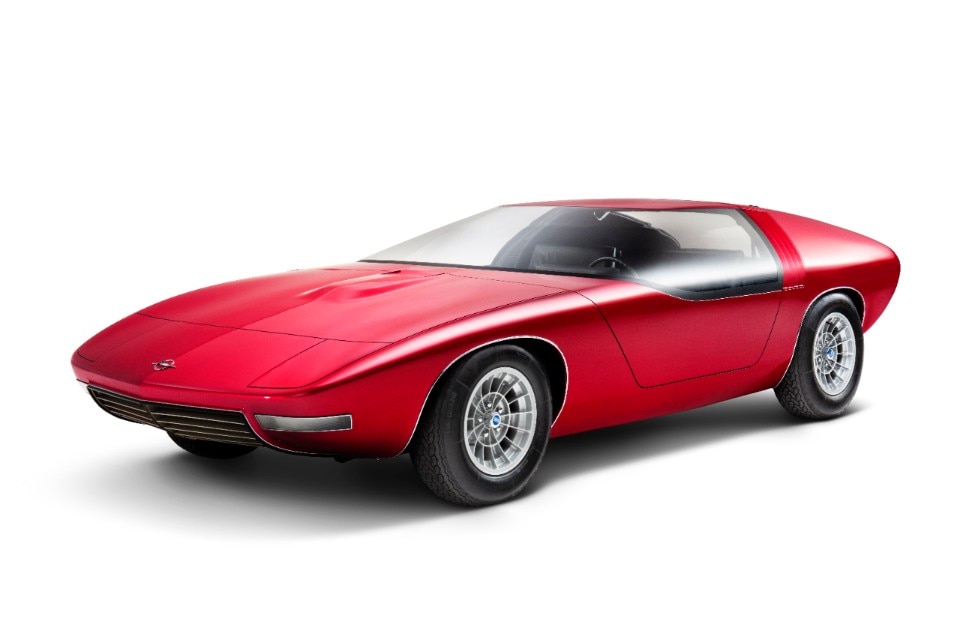
Mark Adam’s journey to become Opel’s VP of design began in 2002 with the Insignia Concept., his first project after joining GM Europe from Ford as head of exterior design. In 2005, he introduced the design philosophy ‘Sculptural Artistry meets German Precision,’ a guiding principle intended to apply to Opel’s products since the studio’s inception and intended to remain relevant for decades.
We always need to counterbalance progressive boldness with a very pure way, a very German way.
Mark Adams
After joining the PSA Group in 2017, which later transformed into Stellantis, Opel faced the challenge of redefining its identity within the group while preserving its German heritage. “We had the opportunity to say, ‘Okay, what's really important for us? What do we want to stand for?’” recalls Adams. This introspection led to the crystallization of Opel’s design philosophy into the words Bold and Pure.
The juxtaposition of these two terms may seem paradoxical at first “If you’d be bold, yo’re trying to do something very progressive. It’s sort of the opposite to pure which, in a way, is correct,” Adams explains. But he believes this duality is actually what allowed Opel to push the boundaries while maintaining a sense of clarity and simplicity that is quintessentially German.
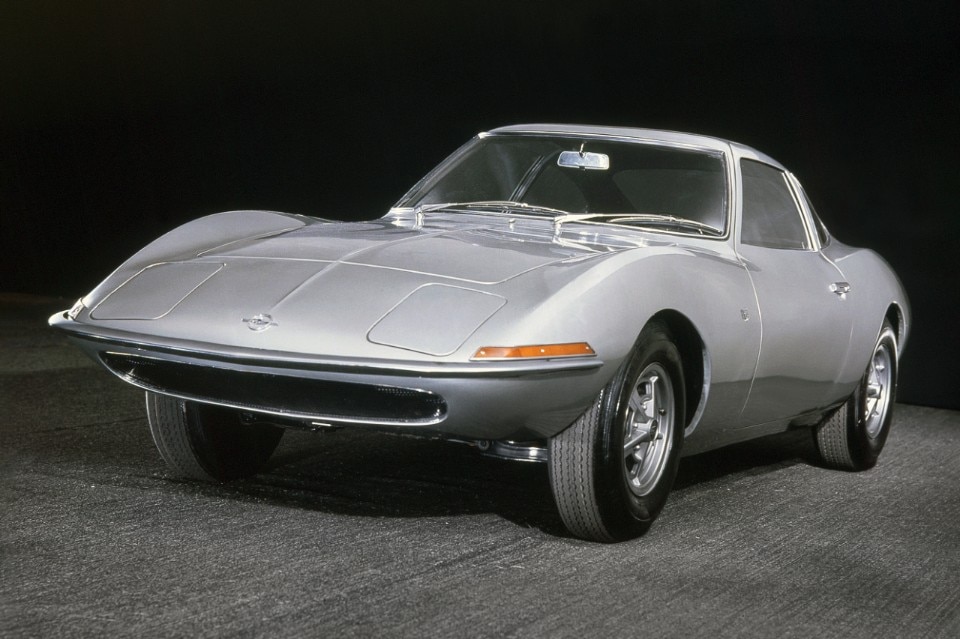
One of the best examples of this is the Opel Experimental concept car featuring a lighting signature known as the “compass,” which combines the traditional centre crease and wing signature lighting in a modern, illuminated form. “We didn’t just have a crease in the centre. We turned the crease into an illuminated signature,” Adams elaborates. This transformation showcases how Opel evolves its design language while embracing new technologies.
The art of uncomplicated design
The purity aspect of Opel’s ethos ensures that this boldness is not achieved through complexity but through simplicity and clarity. “We always need to counterbalance progressive boldness with...a very pure way, a very German way,” says Adams. This means avoiding unnecessary lines and complicated shapes and focusing instead on clean, purposeful design elements. The “visor” design seen on all Opel cars is a prime example. “The visor is linked back to one of my favourite Opel cars, which is the Manta A,” Adams reveals. The horizontal layout of the front grille and headlamps on the Manta A serves as inspiration, showing how historical design elements can be reinterpreted in a contemporary context.
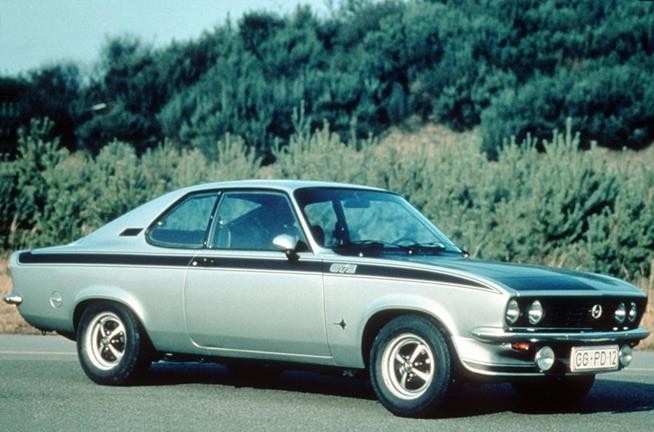
The compass design signature
The compass design element acts as the backbone of Opel’s vehicles, combining the vertical centre crease and the horizontal wing signature lighting to form a cohesive visual framework. “The Compass almost forms like the backbone of the car. It’s like the inner skeleton of the car that you build everything else around,” Adams explains. This framework not only provides a distinctive aesthetic but also serves as a unifying design language across Opel’s range of vehicles.
Designing the future
Opel’s commitment to the “bold and pure” approach is not a recent development but has historical roots that the brand continuously revisits and reinterprets. "I looked back at the Opel Xperimental, I looked back at the CD Concept of 1969 and some of the other cars and said, even though they didn’t have the words back then, because it wasn’t important to communicate those things back then, could the designs of those days be said to be bold and pure? Absolutely," Adams asserts.
The purity aspect of Opel’s ethos ensures that this boldness is not achieved through complexity but through simplicity and clarity.
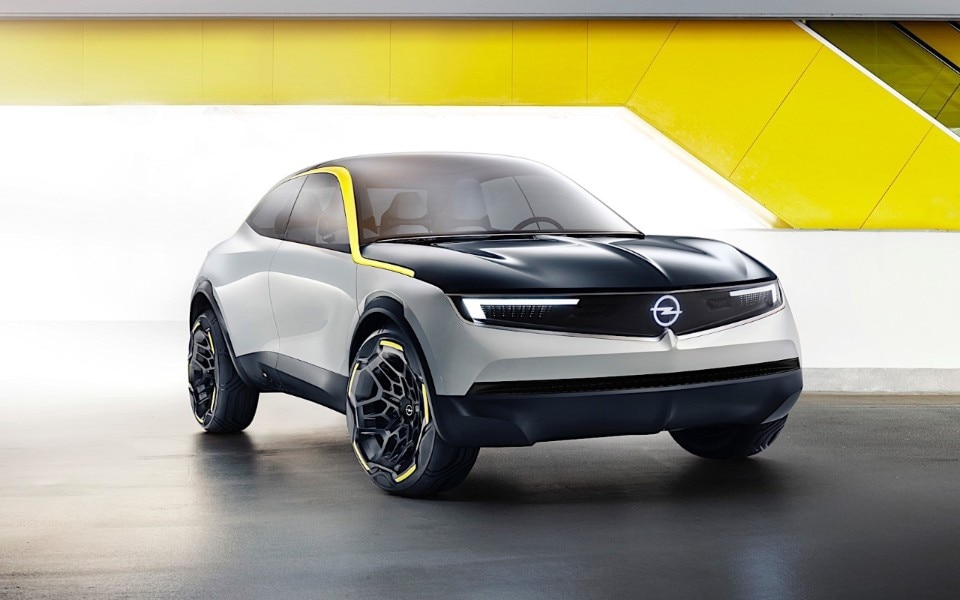
This perspective illuminates the thread of continuity running through decades of Opel design, revealing a consistent aesthetic philosophy that has quietly underpinned the brand's visual evolution. It shows how Opel's current design language is not a departure, but a conscious articulation of long-held principles, allowing the brand to innovate while honouring its heritage.
Opening image: Opel Design Centre in Rüsselsheim, Germany. Courtesy Opel

Villa Steurer, a smart oasis of elegance
On Lake Garda, an exclusive villa blends refined design with Gira smart technology. Designed by Kurt Steurer, the residence boasts interiors featuring premium materials and an advanced KNX home automation system that manages lighting, climate, and security, providing a personalized and state-of-the-art living experience.










